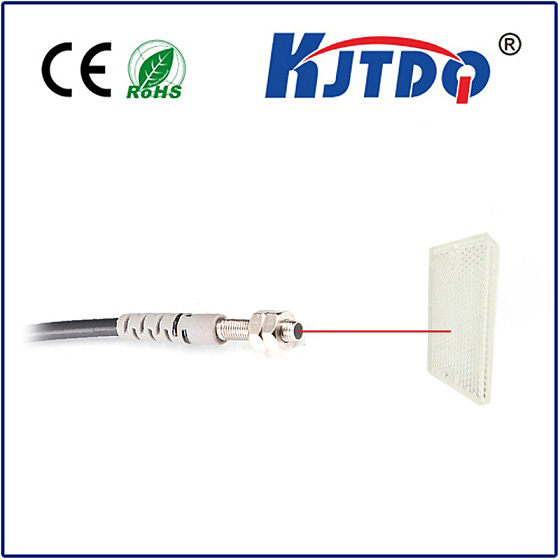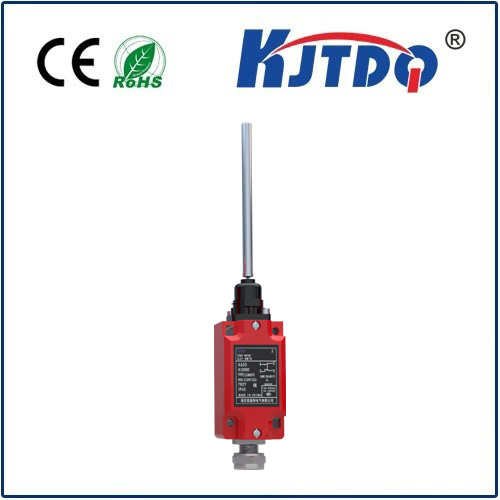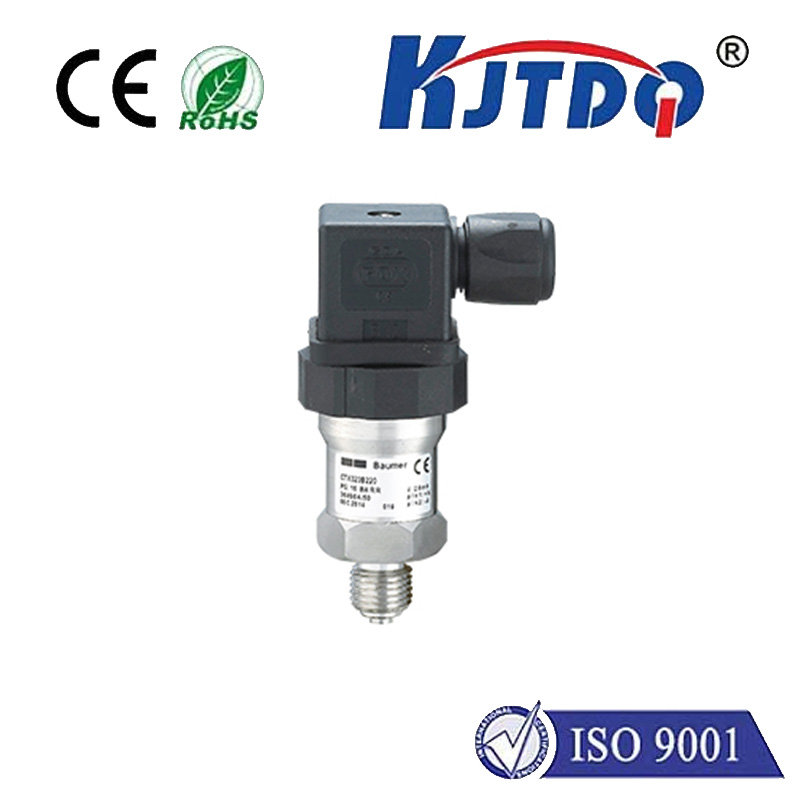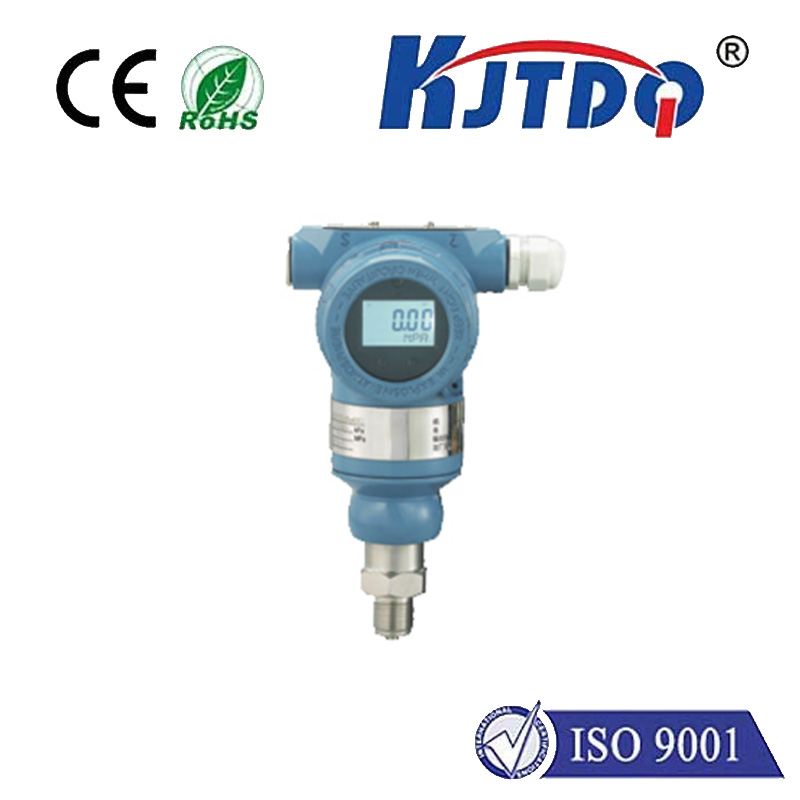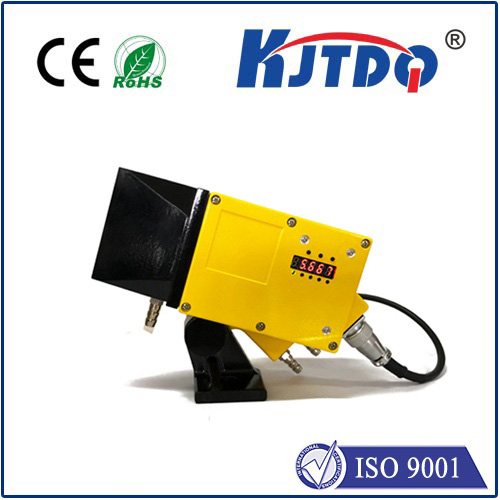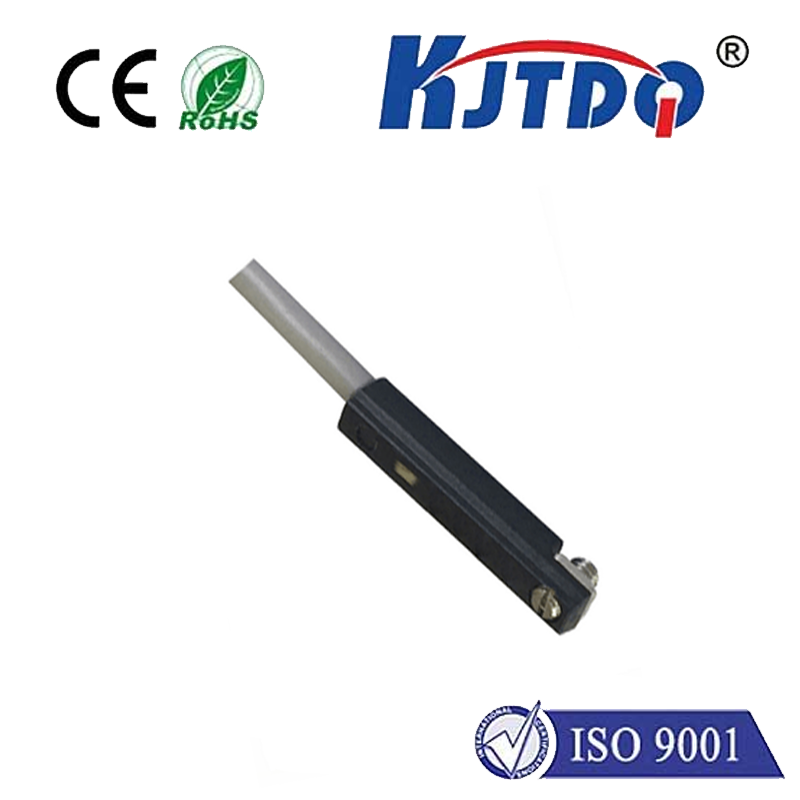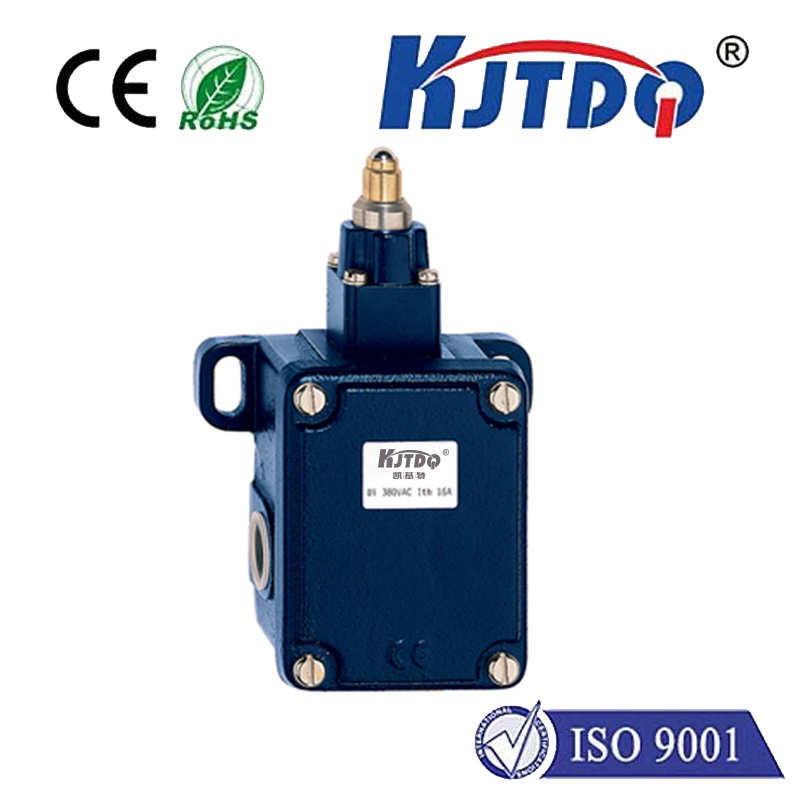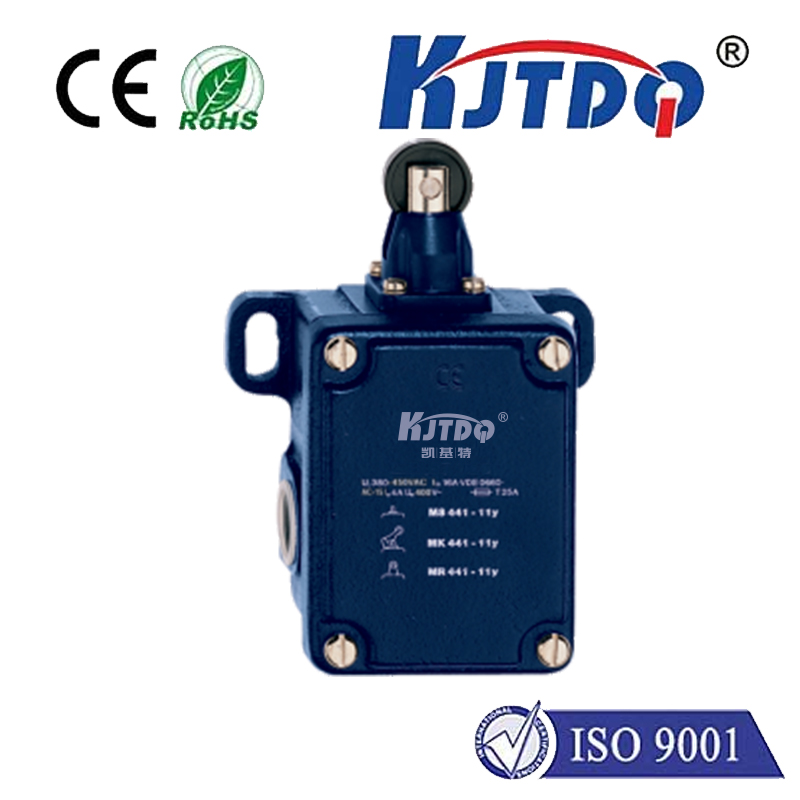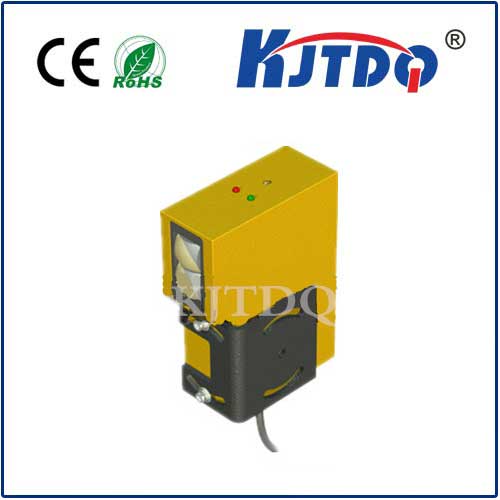E3Z-LS81-M3J 0.3M Photoelectric sensor
- time:2025-09-25 14:47:46
- Click:0
E3Z-LS81-M3J 0.3M: Pinpoint Accuracy for Compact Through-Beam Sensing Challenges
In the relentless rhythm of modern automation and manufacturing, reliable object detection isn’t a luxury; it’s the absolute bedrock of efficiency, safety, and quality control. From verifying the presence of tiny components on an assembly line to ensuring precise positioning in packaging machinery, the humble photoelectric sensor works tirelessly, often unseen. Yet, when space is tight and precision is paramount, finding the right sensor becomes critical. Enter the E3Z-LS81-M3J 0.3M – a compact photoelectric sensor engineered specifically for demanding through-beam applications requiring pinpoint accuracy within a constrained 0.3-meter (300mm) range. This specialized device offers a powerful solution where standard sensors might falter.
Understanding the Core: Through-Beam Sensing Principle
Photoelectric sensors fundamentally operate by detecting interruptions or changes in a light beam. The E3Z-LS81-M3J utilizes the through-beam method, often considered the gold standard for reliability in challenging environments. This system consists of two separate units:
- Emitter (E3Z-LS81): This unit continuously projects a focused beam of modulated infrared light.
- Receiver (E3Z-L81): Positioned directly opposite the emitter, this unit detects the light beam.
When an object passes between the emitter and receiver, it interrupts the light beam. The receiver instantly registers this break and triggers an output signal change. This binary “beam present” or “beam broken” state provides exceptional reliability, even for detecting very small, fast-moving, or transparent/translucent objects – scenarios where other sensing modes (like diffuse-reflective) can struggle due to inconsistent reflectivity or environmental interference. The through-beam principle inherently offers the longest sensing distances and highest immunity to factors like object color, texture, or surface finish compared to other photoelectric types.

Why the Precise 0.3M (300mm) Range Matters
The designation “0.3M” in E3Z-LS81-M3J 0.3M isn’t arbitrary; it signifies the optimal operating sensing distance for which this specific model is calibrated. This fixed, relatively short range offers distinct advantages:
- Enhanced Precision and Stability: Calibrating the emitter and receiver specifically for 300mm ensures the highest possible signal strength and signal-to-noise ratio at that precise distance. This translates to incredibly reliable object detection, minimizing false triggers or missed detections caused by marginal signal fluctuations experienced by sensors designed for much broader ranges.
- Simplified Installation and Alignment: Knowing the exact required separation distance (300mm) eliminates guesswork during setup. Installers can quickly and accurately mount the emitter and receiver opposite each other, confident that the sensor will perform optimally without tedious fine-tuning needed for variable-range sensors. This saves significant time and reduces commissioning errors.
- Optimized for Space-Constrained Applications: Numerous automation scenarios involve tight clearances where components must fit within very specific spatial envelopes. Machinery guarding verification, small assembly jigs, robotic gripper positioning, or detecting objects on closely spaced conveyors are prime examples. The E3Z-LS81-M3J 0.3M is purpose-built for these compact installations where every millimeter counts. Its slim, cylindrical M18 housing further enhances its suitability for confined spaces.
- Improved Immunity: Operating at peak efficiency at its calibrated distance inherently makes the sensor less susceptible to stray light interference or background reflections that might affect sensors operating at the edges of their range capability.
Key Features Empowering Performance
Beyond its core principle and optimized range, the E3Z-LS81-M3J boasts features that solidify its role in demanding industrial settings:
- Through-Beam Reliability: As discussed, provides the highest detection stability and immunity to object characteristics.
- Compact M18 Design (Emitter & Receiver): Enables installation in extremely tight spaces, a common requirement in modern machinery. The physical form factor is crucial for integration.
- Fixed 0.3M Sensing Distance: Guarantees optimal performance precisely at 300mm, simplifying setup and maximizing detection integrity.
- Powerful Infrared LED Light Source: Offers consistent, long-life performance resistant to ambient light variations typical in factories. The modulation further enhances noise immunity.
- Wide 10-30 VDC Operating Voltage: Provides flexibility for integration into various control systems without requiring additional voltage regulation. Compatibility is key for industrial components.
- *NPN Output Configuration (M3J Suffix): Features a Normally Open (NO) transistor output, commonly used for sinking signals to PLCs or controllers. (Important: Always confirm the specific output type – NPN/PNP, NO/NC – against your application needs and the exact model suffix).
- IP67 Protection Rating: Ensures resistance to dust ingress and temporary water immersion, making it suitable for harsh industrial environments, including washdown areas common in food & beverage or pharmaceutical applications. Durability is non-negotiable.
- Built-in Sensitivity Adjustment (via Potentiometer): Allows fine-tuning of the receiver’s sensitivity on-site, providing an extra layer of adaptability to overcome minor alignment issues or challenging detection tasks.
Industrial Applications: Where the E3Z-LS81-M3J 0.3M Excels
The unique combination of through-beam reliability, fixed short-range precision, and compactness makes this photoelectric sensor ideal for numerous applications:
- Precision Component Presence Verification: Detecting tiny parts, screws, or electronic components on PCBs or assembly pallets where space is minimal. Its accuracy ensures no component is missed.
- Small Part Counting: Accurately counting small items moving rapidly on conveyors within confined chutes or guides.
- Robotic Arm/Gripper Positioning: Verifying the precise position of a robotic arm or confirming an object is correctly gripped before movement. Reliability prevents costly misplacements.
- Machine Guarding and Safety Interlocks: Ensuring protective doors or guards are securely closed before machinery operation can commence, particularly in compact equipment layouts. Safety depends on consistent detection.
- Label/Marker Detection: Detecting the presence or absence of labels, tabs, or registration marks on products or packaging moving at high speed, even if semi-transparent.
- Filling Level Control in Small Containers: Monitoring the fill level of vials, test tubes, or small bottles on production lines. The fixed range is perfect for consistent container sizes.
- Web Break Detection (Narrow Webs): Detecting breaks or slack in thin films, papers, or foils traveling between rollers spaced closely together.
- Conveyor Jams/Object Alignment: Confirming objects are correctly positioned or detecting jams within restricted conveyor sections.
The Distinct Advantage
While numerous photoelectric sensors exist, the E3Z-LS81-M3J 0.3M carves its niche by delivering uncompromising reliability and precision specifically within a compact 300mm zone. Its through-beam principle provides inherent robustness against challenging detection scenarios, while the fixed, optimized range guarantees peak performance effortlessly. The rugged IP67 rating and versatile power supply ensure it thrives in demanding industrial environments. When an application demands dependable object detection in a small, precisely defined space, this compact yet powerful Omron photoelectric sensor stands as an exceptionally focused solution, transforming potential detection headaches into seamless operational certainty. Its design embodies the principle that sometimes, optimal performance comes not from broad versatility, but from specialized precision.






